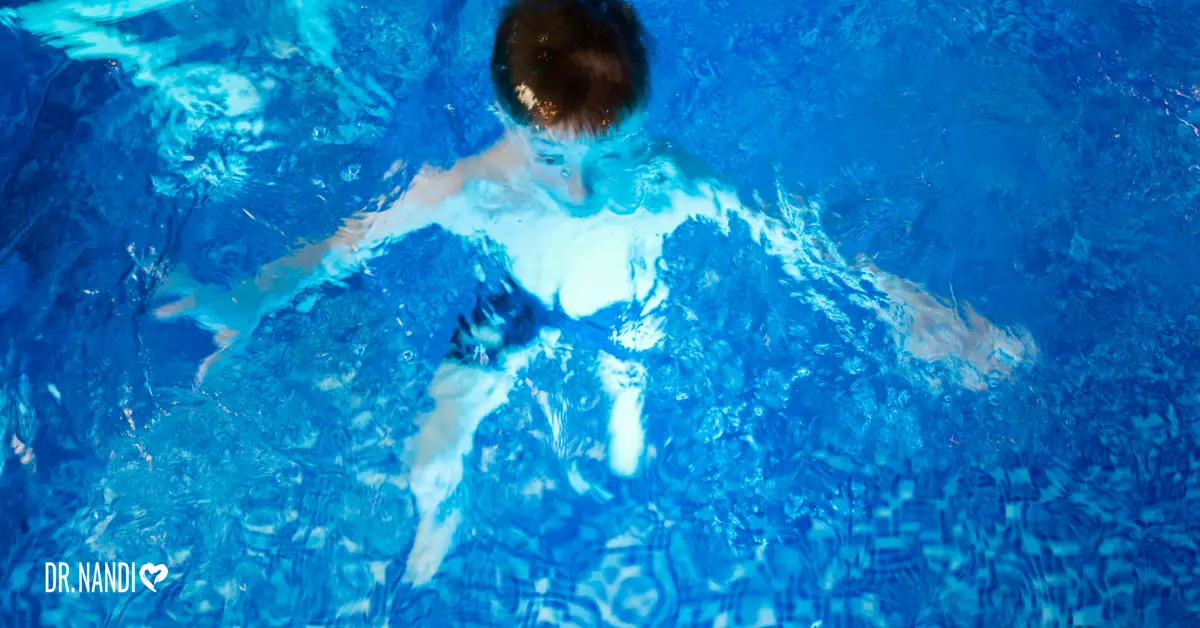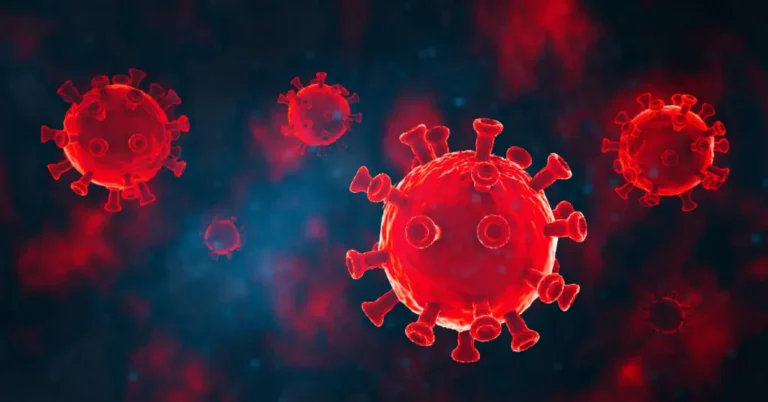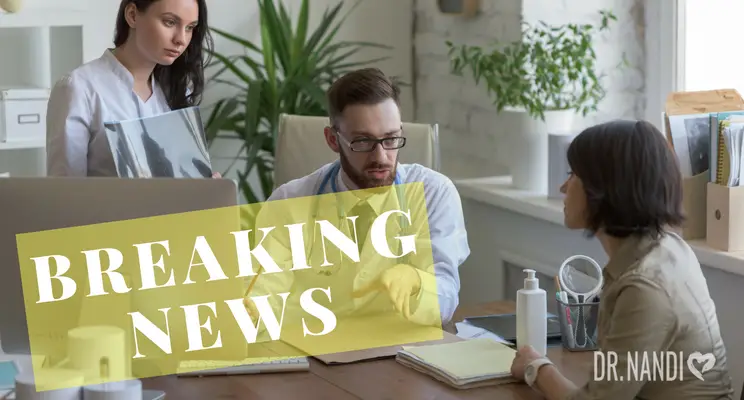(WXYZ) – The Fourth of July has come and gone, and we’re now well into the summer months. This means that many of us, especially those with kids, are spending time in Michigan’s lakes, beaches, and pools.
Most kids LOVE playing in the water — my own included — but swimming can also be a very dangerous activity
According to the Center for Disease Control and Prevention, drowning is the second leading cause of accidental death for kids under 15. Nearly half of all kids who drown do so within 25 yards of an adult. The signs can be easy to miss.
So what are these signs? How do you know if a child is just playing, or really needs help?
There are two main phases to drowning
The first is called, “aquatic distress”. This is when a person first realizes they are in trouble. They may wave their arms and try to call for help…but not always. This phase doesn’t last long.
Next comes the actual drowning response. At this point, the child’s eyes will be glassed over, their head will be back, and they’ll be bobbing up and down in the water. They won’t be using their legs very much…rather, they’ll be pushing water up and down with their arms.
At this stage, time is of the essence. The drowning response only lasts for 30 seconds to a minute before the child begins to ingest water.
So here’s the really important takeaway…a drowning child will probably NOT be able to speak or wave their arms once they’re in serious trouble. The time for that will have passed. The signs of actual drowning are much more subtle.
Partha’s Rx
- Don’t put all of your trust in a lifeguard. He or she is human, and therefore capable of making mistakes. Your child is your responsibility.
- Consider using “touch supervision.” This means that when your kid is near the water, you’re always close enough to reach out and grab them if necessary.
- Make sure your kids swim with a buddy, even if they’re older.
- Teach your children to stay away from pool filters and drains, as the suction power of these devices can cause problems for small bodies.
Also when it comes to safety at the pool, I’d like to you to be aware of potentially hazardous substances that could be lurking in pool toys. Learn what they are and what you can do about them by clicking here.
Copyright Scripps Media, Inc. All rights reserved. This material may not be published, broadcast, rewritten, or redistributed.
Data pulled from WXYZ



















